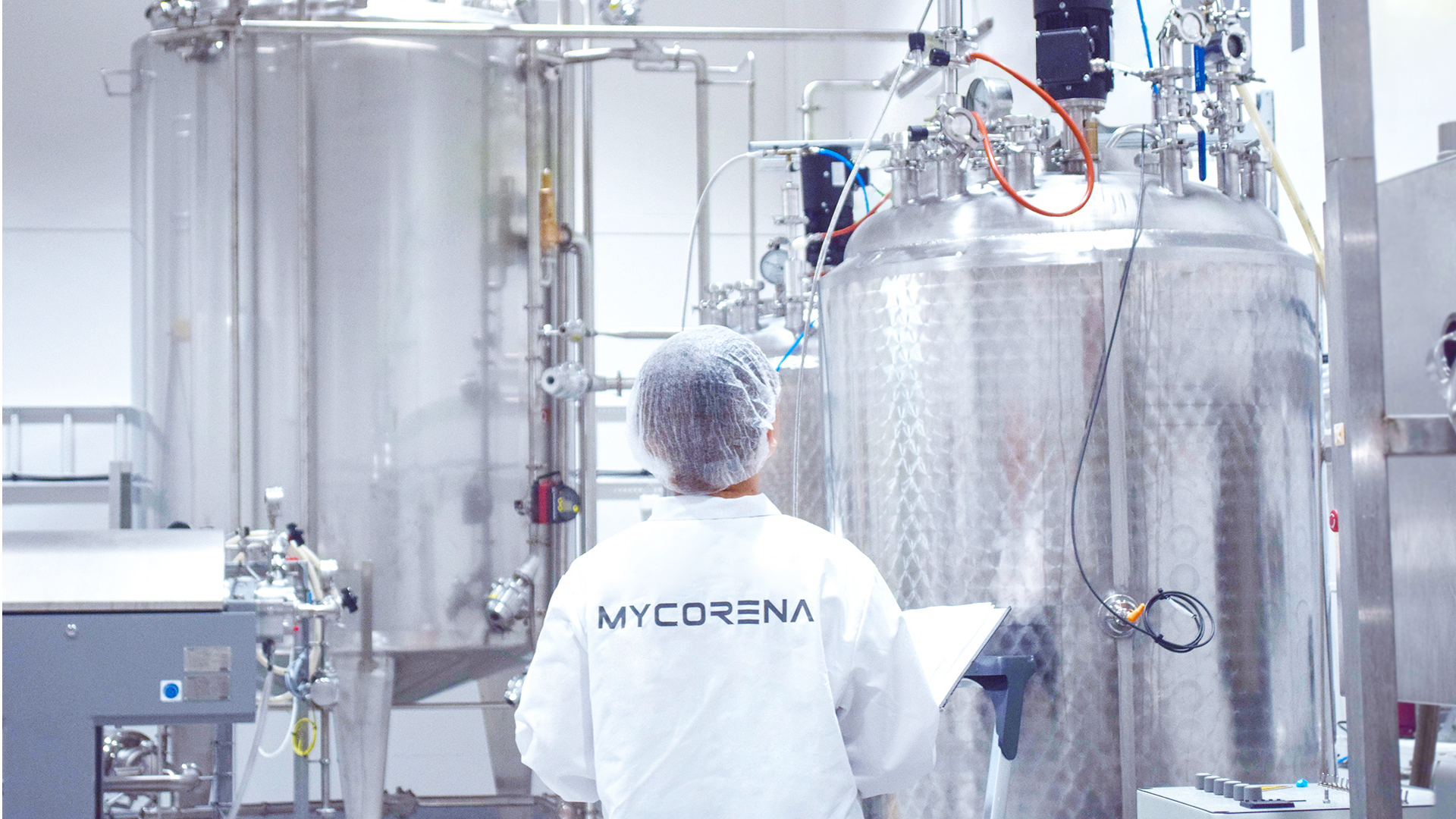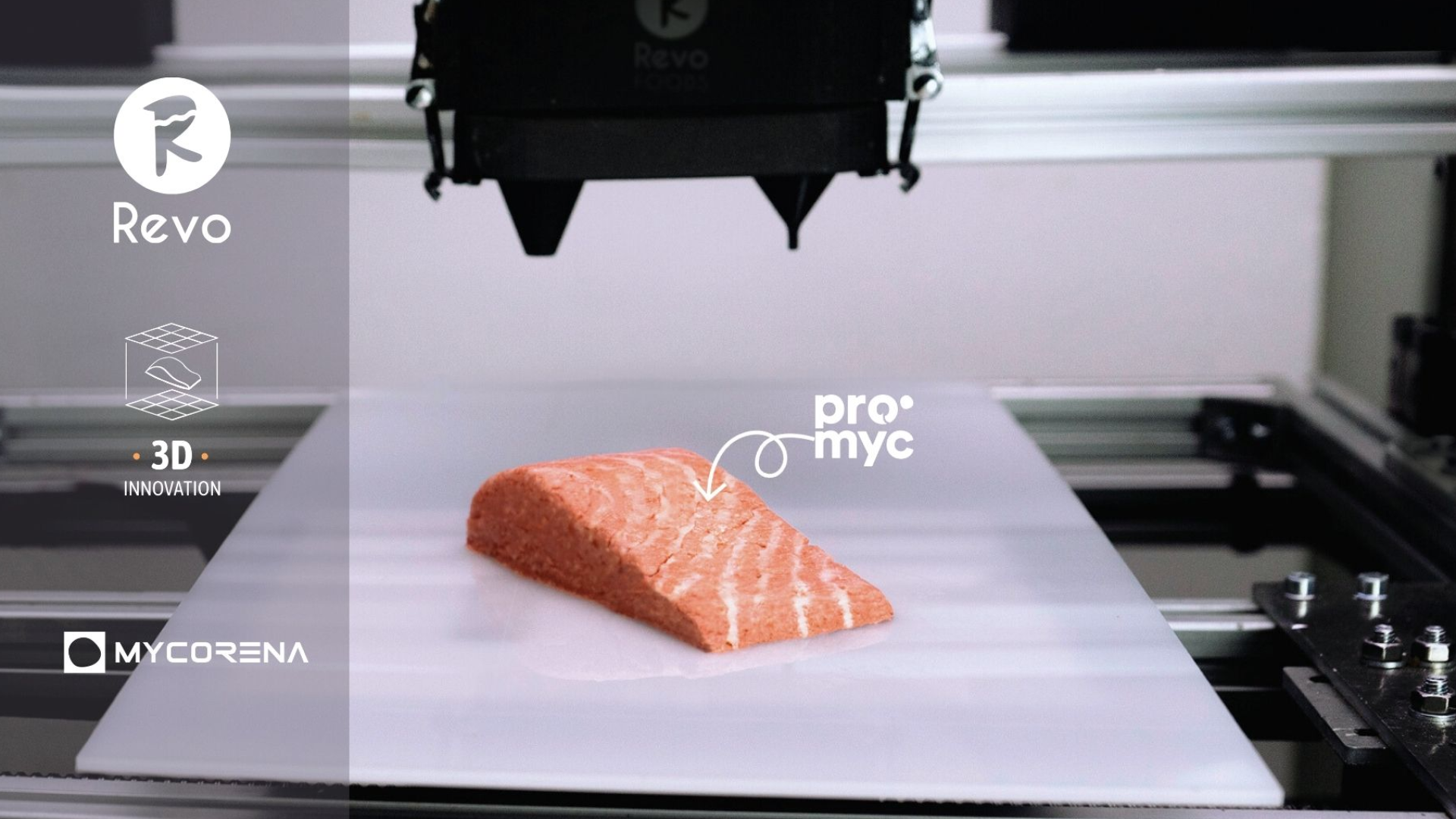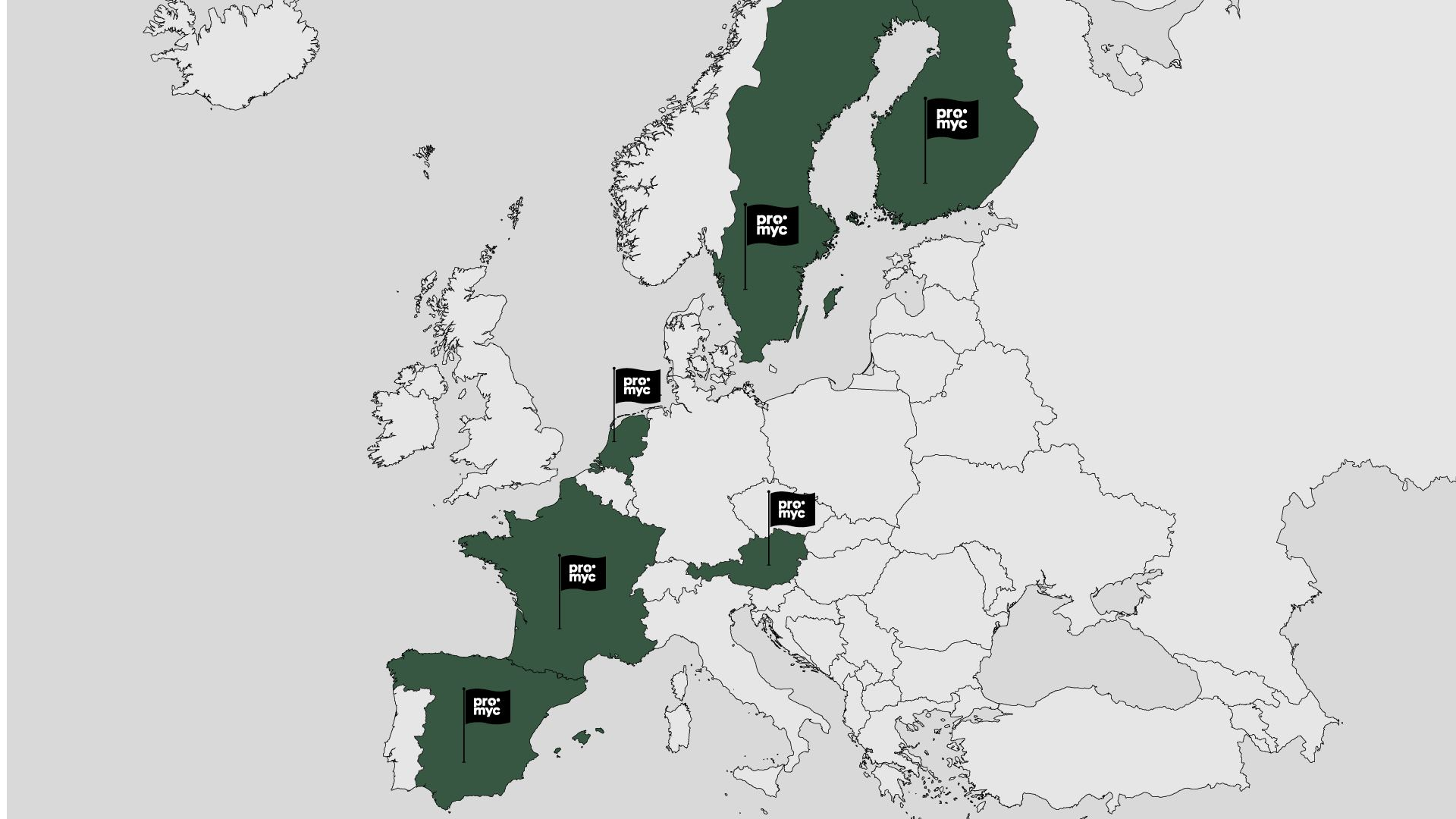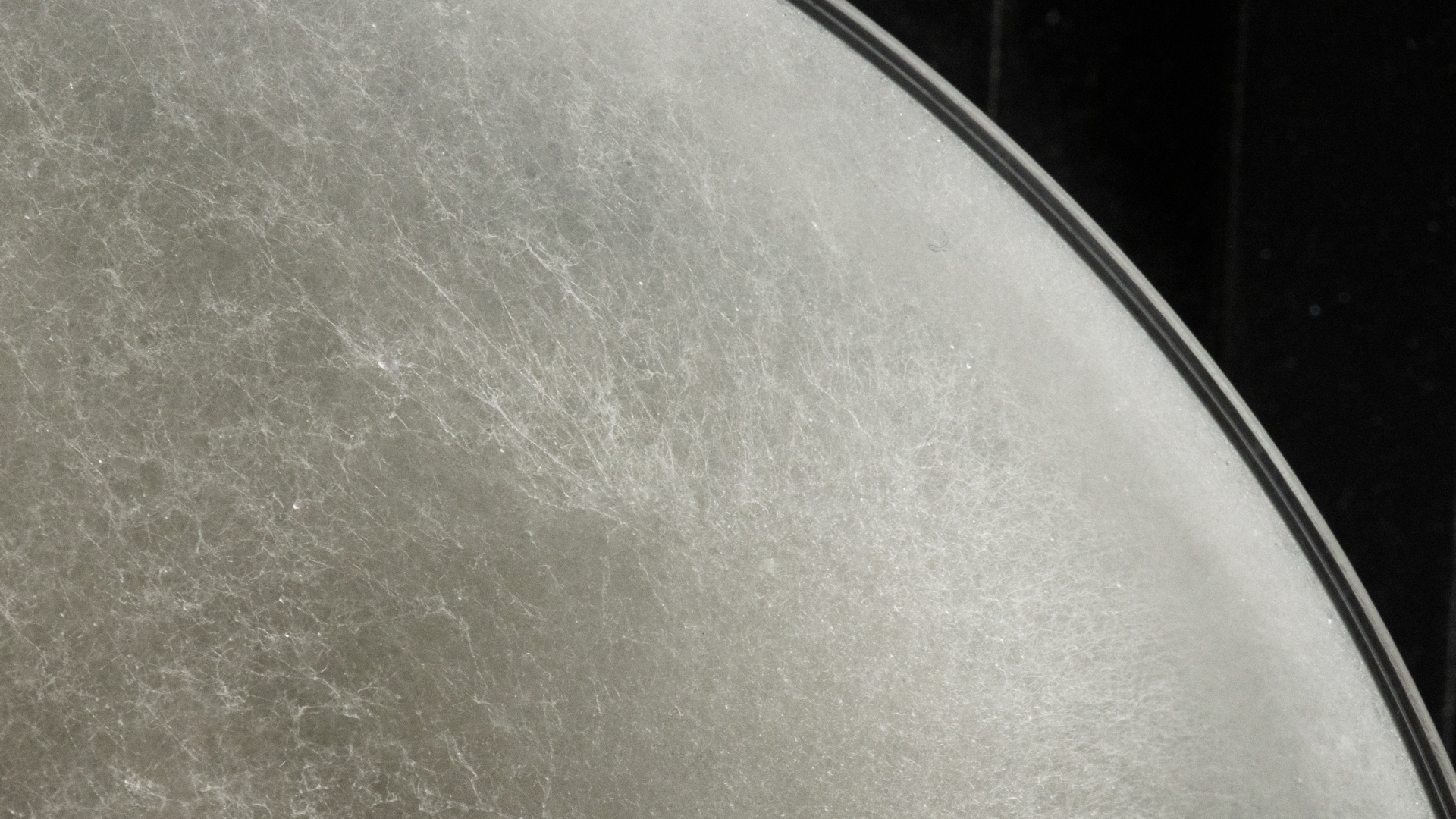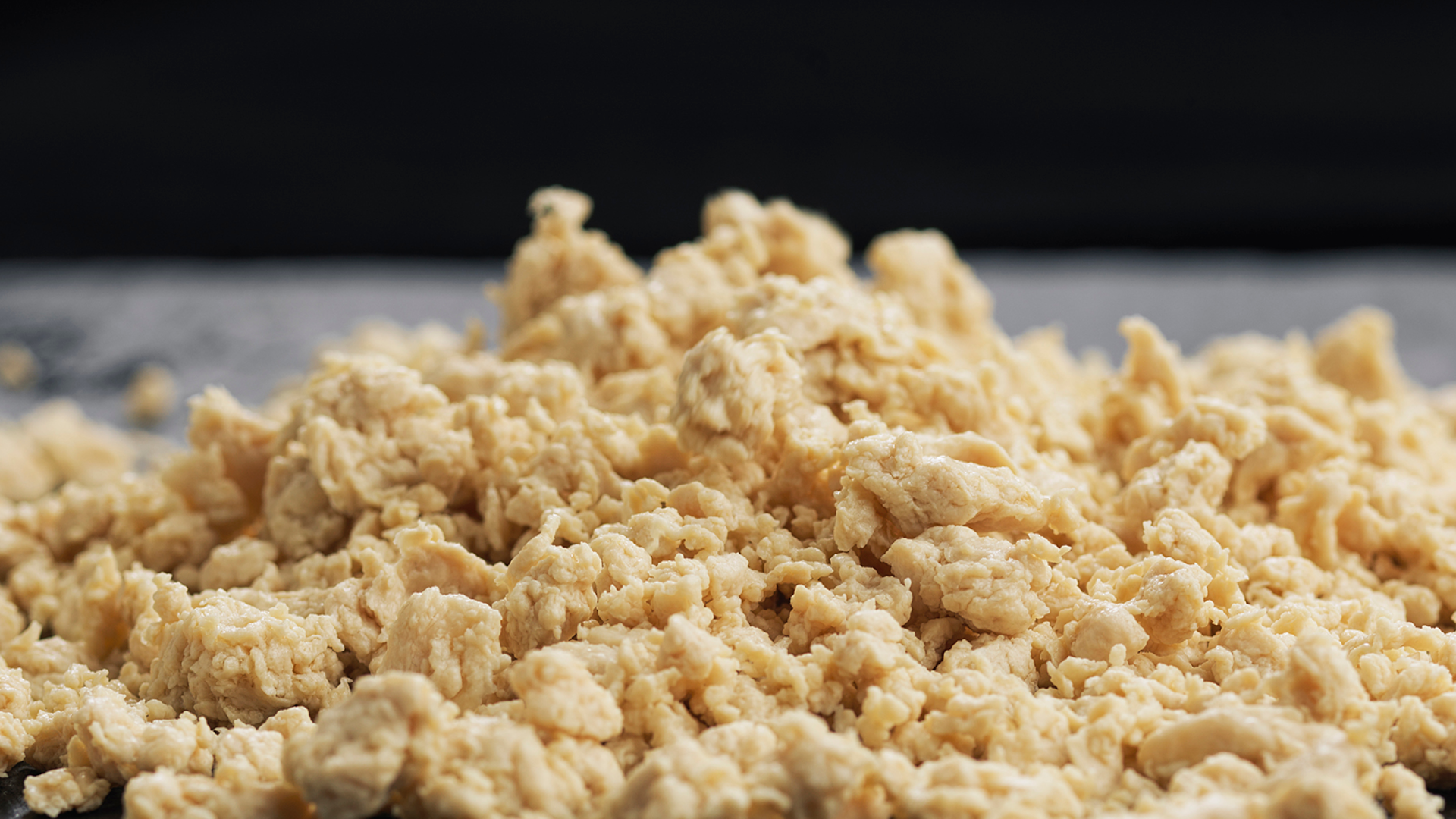In the previous Mycotalk, we discussed the capacity of fungi to produce enzymes that can be used for a wide range of industrial applications. But, amazingly enough, fungi have had many other applications historically, and some of them have only been discovered recently.
Human history has been ligated to fungi, from the collection of wild mushrooms to the development of fermentation processes to create food or beverages with improved nutritional values. The discovery of spores in the mouth of the remains of a woman that lived around 19000 years ago in the south of Spain proves fungal consumption in the early days of civilization (The Red Lady of “El Mirón”) (3). In addition to mushroom consumption, fungi have had other curious and instrumental applications during early human development.
A fascinating human fossil from anthropological and mycological perspectives was discovered 30 years ago in Siberia. His remains were well preserved by the cold and dated back around 5000 years. He was named “the Iceman” and carried with himself Fomes fomentarius, a type of tough fungi used as fuel and contributed to the domination of fire during the harsh glacial era conditions. With the tinder fungus, he was carrying Piptoporus betulinus, a mushroom with medicinal properties that could have been used already to make curative teas (Figure 1, left) (4).
Figure 1. Left: One of the two P. betulinus fungi found with “the Iceman” (4). Right: Dyer’s polypore (P. schweinitzii) (5).
Some species of pigment-producing fungi can be used as dyes to stain natural fibers like cotton or wool (1). These traditions are especially significant in Scandinavia (2). For example, fungi like Phaeolus schweinitzii (Dyer’s polypore) or Trametes Versicolor (Turkey tail) are well known for their coloring properties (Figure 1, right). Another recent trend is using fungi as a biomaterial. This industry relies on the ability of fungi to grow in the shapes where they are contained, resulting in a versatile, resistant, and tough material with good isolation properties. The potential of this industry is immense, and fungi-grown material is used for packaging, like furniture, textiles, leather, or even in the automobile industry (6). Recently, Adidas has announced the release in 2022 of their new Stan Smith Mylo sneakers created with fungal biomaterials (Figure 2, left) (7).
Figure 2. Left: Adidas sneakers made from fungi material (7). Right: Saccharomyces cerevisiae (yeast) (8).
Yet other incredible functions of fungi have been exploited in the last years for scientific advancement. For example, yeast is unicellular fungi, meaning that they are eukaryotic cells (just like animals) that don’t form complex organisms, making them ideal model organisms (Figure 2, right). Research in yeast genetics has contributed significantly to studying cancer and Parkinson’s disease (6). Another exciting and very new field is exploring fungal “intelligence.” Fungi can solve computational geometry problems; they can communicate through electrical signals and find optimal routes through complex environments. This field might have considerable implications in data and computer science (7).
Since the beginning of human civilization, fungi have accompanied us and played essential roles in historical milestones. Fungi as F. fomentarius allowed fire domination, while mushroom foraging and usage of fermentation to make more nutritious foods contributed to switching from nomadic to a sedentary lifestyle. Recent applications will change the clothes we wear and the materials we use daily. The study of fungi will help us understand better the world we live in. This is our mission at Mycorena, generate fungal knowledge and expertise to bring you the food of the future.
References:
- Course: The many ways of fungi. Peter McCoy. 2020. Mycologos
- Guide of fungi: from the Iberian Peninsula, Europe, and North of Africa. Régis Courtecuisse and Bernard Duhem. 2005. Omega
- “The Red Lady of El Mirón”. Lower Magdalenian life and death in Oldest Dryas Cantabrian Spain: an overview. Lawrence G. Straus, Manuel R. González Morales, Jose Miguel Carretero and Ana Belen Marín-Arroyo. 2015. Journal of Archeological Science
- The iceman’s fungi. U. Peintner, R. Pöder and T. Pümpel. 1998. Mycology Research
- https://healing-mushrooms.net/phaeolus-schweinitzii
- Fungi as a source for new bio-based materials: a patent review. Kustrim Cerimi, Kerem Can Akkaya, Carsten Pohl, Bertram Schmidt and Peter Neubauer. 2019. Fungal biology and biotechnology
- https://news.adidas.com/originals/stan-smith-mylo--recreating-an-icon-made-with-underground-roots-of-mushrooms/s/3403a796-7db3-429c-8a3b-6378c2f962b0
- https://www.yourgenome.org/stories/using-yeast-in-biology
- Towards fungal computer. Andrew Adamatzky. 2018. Interface focus

